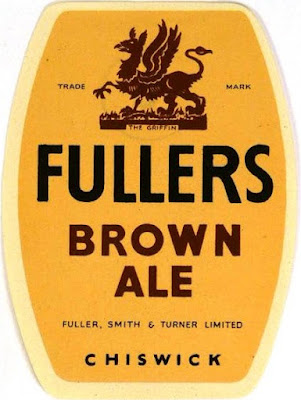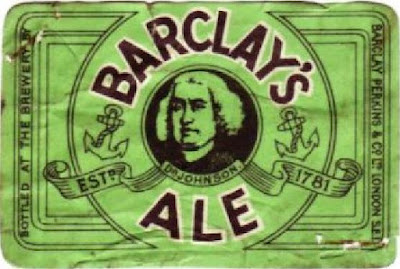Finally, it’s time to look at the hops. Unsurprisingly, the commonest source of hops is the UK. In particular, Kent. Not so odd, really, as it’s right next door to London. There are also a few from Worcester and Surrey. And quite a few where no specific location in England is mentioned. It’s probably safe to assume that most of these came from Kent. Just statistically, given that it produced far more hops than any other region.
Even more specific than that, Mid-Kent was the most common source. With rather fewer from East Kent, where the classier hops tended to come from. While Mid-Kent and Worcester provided the more workaday hops.
The second most common supplier of hops after the UK was the USA. Again, not much of a shock as it was already one of the world’s largest producers of hops. By this point most of the US hop industry had shifted from New York State to the West Coast. In some cases, California, Washington or simply. Pacific is recorded in the brewing record.
Trailing a distant third, with only 4 examples in the table compared to the 12 of the US, is Germany. Their hops were valued rather more highly than those from the USA and are more likely to turn up in expensive beers like Pale Ale. Though mostly just recorded as Bavarian, they were most likely to have been Hallertau.
The example called Bohemian will be Saaz or something similar. No idea what variety the ones from Burgundy might have been. Nor the two simply described as “Foreign”. They could have come from anywhere.
In most cases, the hops were from either the most recent harvest or the one before that. Though one lot, the Bohemians used by Truman, were three years old. Given that I’ve seen plenty of examples of hops five years or more old being used, overall these were pretty fresh.
| London X Ales hops 1880 - 1899 |
| Year |
Brewer |
hop 1 |
hop 2 |
hop 3 |
hop
4 |
| 1880 |
Barclay Perkins |
MK 1879 |
US 1878 |
Bavarian 1879 |
|
| 1886 |
Barclay Perkins |
MK 1883 |
MK 1885 |
California 1885 |
|
| 1886 |
Barclay Perkins |
MK 1885 |
US 1885 |
MK 1884 |
|
| 1887 |
Barclay Perkins |
MK 1885 |
MK 1886 |
Farnhams 1885 |
|
| 1890 |
Barclay Perkins |
MK 1886 |
MK 1889 |
US 1889 |
|
| 1899 |
Barclay Perkins |
MK 1899 |
US 1898 |
MK Goldings 1897 |
|
| 1881 |
Whitbread |
Bavarian 1880 |
English 1880 |
English 1881 |
|
| 1885 |
Whitbread |
English 1883 |
English 1884 |
Bavarian 1884 |
|
| 1891 |
Whitbread |
English 1890 |
US 1889 |
US 1890 |
Hallertau 1890 |
| 1895 |
Whitbread |
English 1894 |
English 1894 |
Pacific 1894 |
|
| 1898 |
Whitbread |
EK 1897 |
EK 1897 |
MK 1896 |
|
| 1887 |
Fullers |
Kent 1884 |
EK 1883 |
|
|
| 1893 |
Fullers |
Foreign 1892 |
|
|
|
| 1898 |
Fullers |
Worcs. 1897 |
MK 1896 |
|
|
| 1880 |
Truman |
US 1879 |
US 1879 |
|
|
| 1885 |
Truman |
Kent 1884 |
US 1884 |
Bohemian 1882 |
|
| 1890 |
Truman |
Kent 1889 |
Kent 1889 |
Burgundy 1889 |
|
| 1895 |
Truman |
Kent 1893 |
Kent 1894 |
Washington 1893 |
Foreign 1893 |
| Sources: |
| Barclay Perkins brewing records held at the London
Metropolitan Archives, document numbers ACC/2305/1/579, ACC/2305/1/584,
ACC/2305/1/583, ACC/2305/1/586 and ACC/2305/1/593. |
| Whitbread brewing records held at the London Metropolitan
Archives, document numbers LMA/4453/D/01/047, LMA/4453/D/01/050,
LMA/4453/D/01/057, LMA/4453/D/01/061 and LMA/4453/D/01/064 |
| Fullers brewing records held at the brewery. |
| Truman brewing records held at the London Metropolitan
Archives, document numbers B/THB/C/161, B/THB/C/166, B/THB/C/171 and
B/THB/C/175. |







